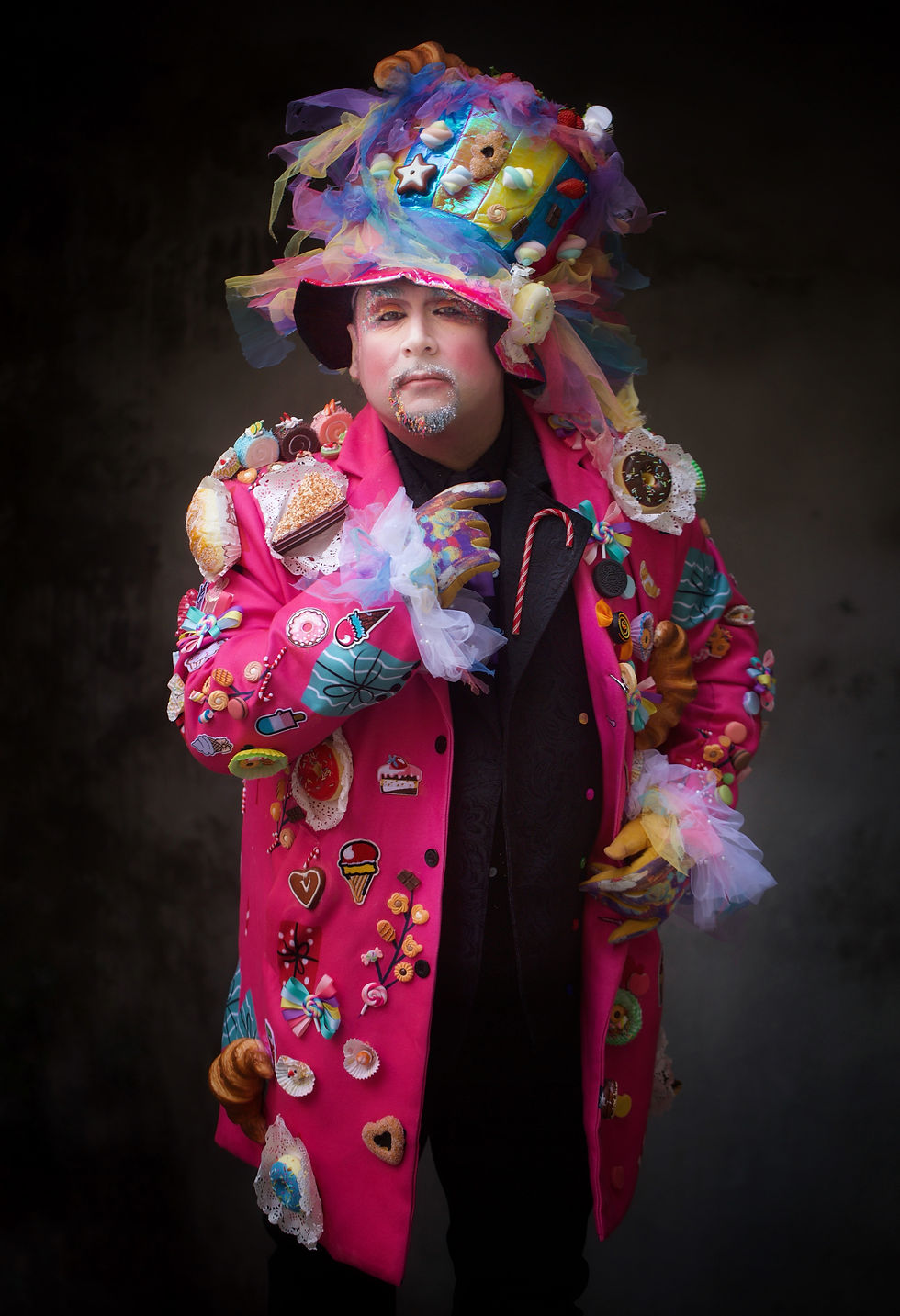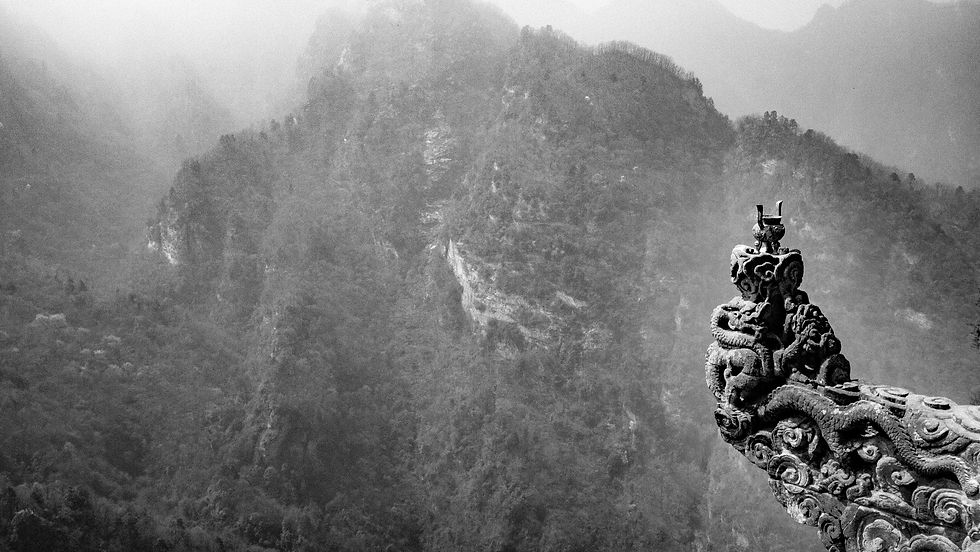The Sweetest Mask: A Venice Carnevale CandyMan 糖果人 最も甘いマスク:ヴェネツィアのカルネヴァーレのキャンディ売り
- Robin Yong

- May 17
- 3 min read


The Carnevale di Venezia, a whirlwind of masks, revelry, and ancient traditions, is a feast for the senses. Amidst the dazzling costumes and echoing laughter, a subtler, sweeter pleasure awaits: the candy seller. These vendors, often draped in their own colourful attire, are integral to the Venetian Carnevale experience, offering a tantalizing array of sugary delights that add another layer of magic to the festive atmosphere.
Forget mass-produced sweets. The candies on offer at Carnevale are often traditionally crafted, reflecting the rich culinary heritage of Venice and Italy. Think vibrant candied fruits, glistening with sugar and bursting with flavour. Imagine delicate torrone, a nougat confection studded with almonds or hazelnuts, offering a satisfying crunch and nutty sweetness. And of course, there are the iconic "fritole," small, fried donuts dusted with sugar, a must-try for any visitor to the Carnevale.
Beyond the delicious treats, the candy seller is more than just a merchant. They are storytellers, adding to the theatricality of the event. Many embrace the Carnevale spirit, donning their own masks and costumes, becoming part of the living tapestry of the festival. Their stands, often adorned with colourful decorations and tempting displays, draw onlookers into a world of whimsy and sugary indulgence.
Watching a skilled vendor interact with customers is an art form in itself. They might offer a sample with a flourish, tell a joke in broken English, or simply smile knowingly as a child's eyes light up at the sight of a particularly enticing treat. They are purveyors of joy, contributing to the overall sense of wonder and delight that permeates the Carnevale.
For the candy seller, the Carnevale is a crucial time. It's a chance to share their passion for traditional sweets with a global audience, and to reap the rewards of their hard work. They spend months preparing, sourcing the finest ingredients and crafting unique recipes that will capture the hearts (and stomachs) of festival-goers.




So, as you wander through the labyrinthine streets of Venice during Carnevale, amongst the swirling masks and magnificent costumes, don't forget to seek out the humble candy seller. They offer more than just a sugar rush; they offer a taste of tradition, a moment of connection, and a sweet memory to cherish long after the Carnevale ends. They are a vital ingredient in the recipe for a truly unforgettable Venetian experience. Remember to savour the sweetness, embrace the spirit of Carnevale, and perhaps, with a twinkle in your eye, don your own mask and join the fun. Just don't forget to brush your teeth afterwards!

My Italian friend Enrico in his new suit for this year's Venice Carnevale. He comes as the Candy Man, with inspiration from Willy Wonka, a fictional character appearing in British author Roald Dahl's 1964 children's novel Charlie and the Chocolate Factory, its 1972 sequel Charlie and the Great Glass Elevator and several films based on those books. He is the eccentric founder and proprietor of the Wonka Chocolate Factory.
In Charlie and the Chocolate Factory, Wonka has hidden five Golden Tickets inside his chocolate bars. The finders are rewarded with a tour of his factory, each accompanied by an adult of their choice, and a lifetime supply of chocolate. The children are unaware, though, that the tour is also a competition to test their moral character. As the tour proceeds, four of the children are eliminated, leaving Charlie Bucket the winner. At this point, Wonka reveals that the real prize is the factory itself, as he needs someone to take it over once he retires, and look after the Oompa-Loompas who work there.
Wonka is introduced as a "little man" with a goatee, wearing a purple coat, green trousers and a top hat. He is high-spirited and moves quickly like a squirrel, though he later tells Charlie that he is "much older than you think."
Enrico is a well-known costumer at the Venice Carnevale. His costumes are often brightly colored and very different from other costumers.
Just a few simple portraits for my Italian friend Valeria at the Venice Carnevale.
The Venice Carnevale is not solely about masks. Local Italians and an increasing number of foreign costumers now prefer historical costumes or painted faces. During Carnevale, the whole Venice becomes a real life theatrical stage, and many of these historical costumes carry deep perspectives...
And as usual, the portraits are just done on the busy streets of Venice and using natural lighting only...






Comments